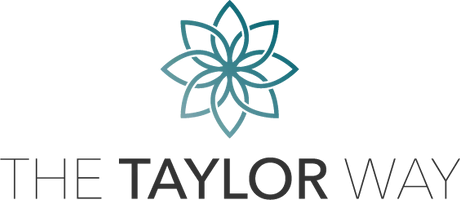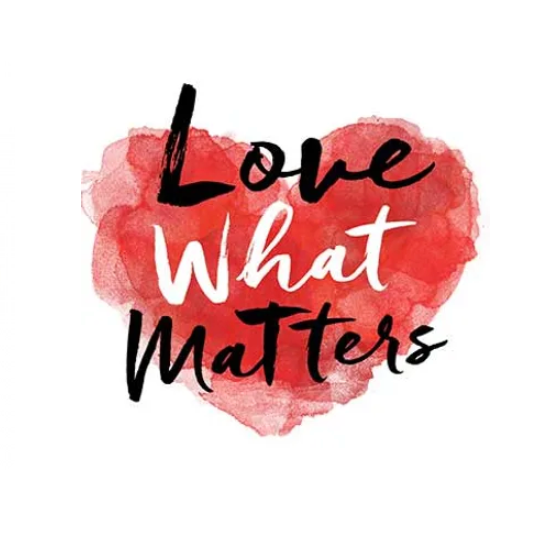3 Simple Hacks to Declutter Your Space
Hello. Hello. I am wondering who else feels like the world’s falling apart right now, like, in a really big way?
To combat that I want to start off with a challenge to engage with others. Start with smiling and making eye contact with people. In every area of your life and say hi, just even acknowledge and greet people, and ask them questions would be huge.
So, What do you do when the world feels like it is falling apart and you are spending a lot of time at home?
I wanted to talk about #mentalhealth in times like this and challenge you to try some really basic hacks to make your life a little bit easier and better.
So, one of mine is #organization. I don’t think people understand how your physical space and your mental space are tied to each other. When your house is a disaster, when your stuff is cluttered, when your stuff is chaotic, when you have no idea what’s going on around you, that can very very easily be tied to what your emotional state.
So, for me it is super crazy tied together. This is not in a judgement way at all because everyone has a different level of what they think cleanliness is and clean and organized and all those things.
Some people are crazy, crazy, amazing organized where every single thing is in a spot and labeled and fancy.
That’s not me.
But, I am the girl who is really, really picky on the stuff in my space.
One reason for this is that everything around us has energy.
Everything is molecules and #energy and atoms. And right now, with everybody being home and people not working we need to pay attention to the things in your space and how they make us feel.
1 | Declutter Hack
I’ve been spending a lot of time lately just going around my house asking, why is this here? Why is this thing in my house? I don’t love it. I don’t like it. It doesn’t hold any amazing special meaning to me.
So why do I have it? Guess what, don’t keep it, get rid of it. Do something with it. You don’t need it. And that is something not many people do. Not many people actually take the time to look around.
A friend was planning on doing some renovations. And I asked, Are you gonna keep all the same crap in your new space as you had in your old? and she was like, Oh, yeah, I hope not.
If your body’s not feeling 100% in your space, just have less stuff. Let’s make a shift in our mindset about the stuff in our space. One argument that I hear is, Yeah, but I might use it one day? The reality is, if you haven’t used it in the last six months, you probably aren’t gonna use it one day.
It’s so much easier to organize and you will be so thankful emotionally and physically when you have cleared out.
2 | Declutter Hack
The second declutter #hack is how to deal with all those projects that are not completed. Oh, but I’m going to do this craft, or I’m going to do this art thing. You know what, put it in your calendar, sit down and figure out how long it’s gonna take you to do so.
I remember one of my own art projects that was never completed. I gathered all these picture frames, because you know, I was gonna magically spray paint all of them and do some crazy gallery wall. Yeah, no, not happening. I had to get rid of those frames.
So, sit down and look at the project you would like to complete and figure out how long the project is going to take. Is it going to take several hours, a couple days, longer? Then, take out your calendar and figure out where you’re going to put that project and what’s your deadline to get it done by? Because guess what, if you actually wanted to do it, you’d have no problem putting that in your calendar.
Take a moment and think about the conversations you’re having in your head when you look at the piling up stuff around you. Yeah, but one day I’m gonna play that sport again. Or, I love that old car and will drive it again when I have time to fix it. Stop!
HARD TRUTH – You know, if you can’t find room in your calendar for it, if you can’t find the energy to put it into your schedule, you’re never going to do it. If You Like This Post, Here Are Some More You May Like A hard project for me to give up for a lot of years was I used to knit. I learned how to knit in high school, only to make a scarf for my grandma. Then, I stopped knitting. Well, here’s what happened in the years that followed. The knitting supplies sat in this area where I saw it, where I looked at it. Every time I looked at it, guess what feelings that elicited, not good ones. Not positive ones. I did not look at the supplies and think, I’m just so excited for the day I’m gonna use that.
No, it was like this weird guilt and shame over the fact that I still hadn’t used it, and it was still sitting there. And, man, I really have to do something with that. And I can’t believe I spent that much money on it and blah, blah, blah. Why? Why are we keeping these things? Right?
So, finally I just gave it away. I gave it away to someone who knit and it took that negativity out of my house. So, now I’m not looking at it and regretting it.
I encourage you to totally purge your house. We have so much junk, right? We have so much junk in our spaces, and that means we have junk in our brains too. So spend some time in that. Really spend some time looking at it.
3| Declutter Hack
The third #declutter hack is about decluttering gifts, picture, and sentimental objects. My mom was an organized hoarder. And one of the things that she did was like, the house looks really clean on the surface.
It was very, very tidy. But I’m talking like a whole floor of her house. 1200 square feet full of boxes, and full of things and full of stuff. And every drawer and every closet was stuffed, like stuffed to the brim.
For her, so much of it had guilt attached to it or shame attached to it because it was from somebody.
Like, someone had gifted that, or someone had bought that, or that was a wedding gift. Instead of being able to just be like, I don’t love this, why is it here? She could not even allow those thoughts to enter her brain.
So, if you’re spending a lot more time at home right now, go and get rid of things. If you have 120 books on your shelf that you’ve never read, you’re probably not going to read them. Find someone who wants to.
If you have all those clothes in your closet, you’re like, Yeah, but one day I’m going to wear those. Find someone and give them away.
Give yourself permission to let go. If you do need it in the future, buy it again then. With sentimental object, get rid of it. The old musical instruments in your childhood that you’re never gonna play.
Get rid of the clothes from grade 12 that you’ve grown out of because you probably had kids and your hips are wider. So you physically will never get back into them. It’s time go through your house and get rid of it.
If you’re struggling with the emotional attachment to things and can’t get rid of it, take photos of them. Take a photo of it, and then write a little story on what it means to you, or where it came from or something like that.
Then printed into a really cheap book, like mixed book or One of those book things that you can print online. Then you still get to see it and the memory is still there. You don’t need to hold the physical item forever.












